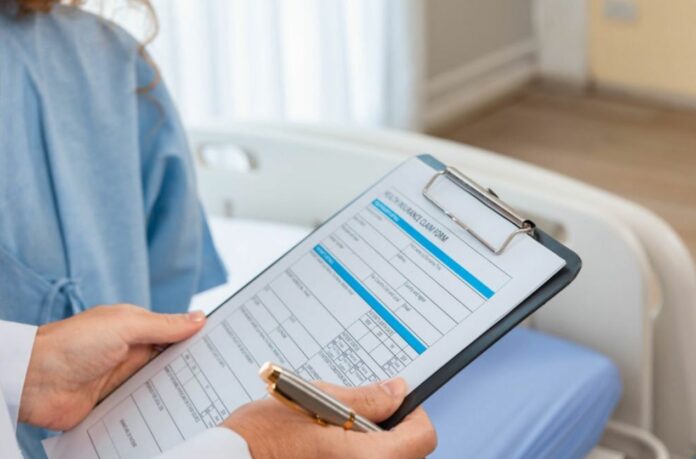One in five women is likely to forgo additional testing after an abnormal finding on a screening mammogram if there is a deductible, according to a new study presented today at the annual meeting of the Radiological Society of North America (RSNA).
With the Affordable Care Act (ACA) and rising healthcare costs and insurance premiums, high-deductible health plans (HDHPs) have become more popular, especially among young, healthy people.
People think that HDHPs lower overall healthcare costs because they make people more aware of how much they spend on healthcare. In addition to lowering monthly insurance costs, the larger deductible makes these plans an appealing choice for healthy individuals who often only need coverage for preventive care or medical emergencies.
Although HDHPs provide certain benefits, the high out-of-pocket deductible costs—over $1,400 for individuals and $2,800 for families—might discourage some from receiving the treatment they need.
“The ACA removed out-of-pocket costs for screening mammograms under most health plans to encourage women to partake in this important preventative health care measure,” remarks lead author, Michael Ngo.
But “the screening mammogram is only the first step in detecting breast cancer. If the radiologist detects an abnormal finding on the screening image,” according to the author, “then additional images and a biopsy are needed to determine if the patient has cancer. The ACA does not mandate insurance to cover the costs of these additional services.”
Dr. Ngo and his colleagues wanted to find out what the link was between HDHPs and patients’ willingness to get breast imaging when it was needed.
“Prior studies have shown that out-of-pocket costs deter patients from attending screening mammography,” points out Dr. Ngo. “Other studies found that screening rates go down when there is an out-of-pocket cost for follow-up imaging after an abnormal finding on screening mammography. However, there is a lack of research into patient adherence to the recommended follow-up imaging when there is a deductible. Our research aims to address this paucity.”
For the study, the researchers talked to 932 women who went to Boston Medical Center between September 2021 and February 2022 for a breast imaging. The poll included scenarios concerning the use of breast imaging together with demographic questions like race, education level, yearly family income, and insurance payor. Question responses varied.
When 714 people were asked if they would skip recommended imaging if they had to pay a deductible, 151 (21.2%) said they would, 424 (59.4%) said they wouldn’t, and 139 (19.5%) weren’t sure.
The groups with the most people who said they wouldn’t get more imaging were Hispanics (33.0%), people with less than a high school education (31.0%), people with a household income of less than $35,000 (27.0%), and Medicaid/uninsured people (31.5%).
If respondents knew they would have to pay a deductible for follow-up exams, the poll also asked, would they skip the first screening mammogram? Of the 707 respondents, 129 (18.3%) stated they would forego the screening mammogram, 465 (65.8%) said they would not, and 113 (16.0%) indicated they were unsure.
Dr. Ngo said that the findings “that a deductible payment for follow-up breast imaging after an abnormal finding on screening mammography discourages 21% of women from returning for additional evaluation and appears to lead 18% of women to skip the initial free screening altogether.”
Finding socioeconomic barriers to health care is important for addressing existing differences and making sure that vulnerable patient groups have better outcomes. The researchers hope that these results will help them get rid of financial barriers to health care.
“Our study demonstrates that out-of-pocket payments will discourage people, especially those belonging in the most vulnerable populations, from completing the last steps in the breast cancer screening process,” Dr. Ngo adds.
The findings were presented today at the annual meeting of the Radiological Society of North America (RSNA).
Image Credit: Getty
